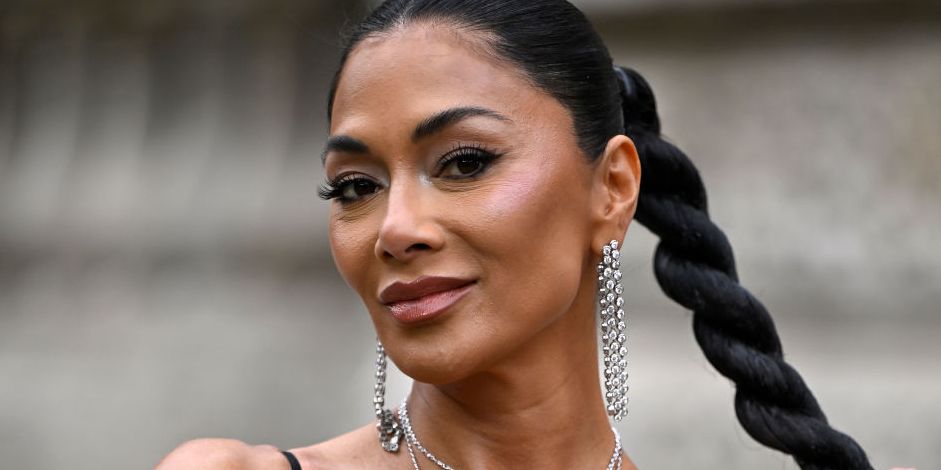According to various fitness experts, the key to maintaining optimal physical fitness as one ages lies in the adoption and consistent execution of a well-rounded regimen. This encompasses a reasonably healthy diet, supplemented by a regular program of physical activity, including resistance training to preserve muscle mass and prioritize sleep for overall recuperation.
As individuals progress through the aging process, the compounding effects of these healthy habits can noticeably diverge from those who neglect their well-being, ultimately resulting in a disparity in physical capabilities. In essence, the training undertaken should be tailored to one’s current fitness level, distinct goals, and any existing medical conditions or injuries.
It is crucial to acknowledge that there is no one-size-fits-all approach to exercise and fitness for seniors. Unlike younger athletes… where a standardized regimen may apply, seniors require a more nuanced and adaptable approach that caters to their unique needs and limitations. For instance, older cyclists may need to modify their exercise routine to minimize the risk of injuries and optimize their results.
By seeking the guidance of experts such as Linkul, Wickham, and Logue, individuals can create a personalized fitness plan that addresses their specific circumstances. Notably, Dr. Logue highlights the importance of avoiding certain exercises that can exacerbate health issues or increase the risk of injury. Inversions… which involve movements where the head is below the heart, are a prime example of exercises to be approached with caution.
Handstands, inverted sit-ups, and pike push-ups, for instance, can lead to lightheadedness and increased pressure in the sinuses. Instead, Dr. Logue recommends adopting a more moderate approach, where the head — in a position at or above heart level. By eschewing exercises that may be detrimental to one’s health and adopting a more Balanced and thoughtful approach, seniors can not only maintain their physical fitness but also mitigate the effects of aging.
By prioritizing their well-being and seeking guidance from experts in the field, “individuals can create a fitness plan that is tailored to their unique needs and goals,” “allowing them to maintain their overall health and vitality throughout their —.”
These Are The Exercises Seniors Should Skip And Safer Alternatives
• The importance of consistent healthy habits: The article highlights the significance of sticking to a healthy diet, staying active, maintaining muscle mass, working on mobility, and prioritizing sleep. It suggests that good habits compound over time, making a significant difference in one’s experience with aging, while bad habits can have a detrimental impact. 2. Personalized training for seniors: Unlike younger athletes, there is no one-size-fits-all approach to exercise and fitness for seniors. Instead, their training should be tailored to their current fitness level, goals, and any existing medical conditions or injuries. This means that a senior’s fitness plan may need to change over time to accommodate their unique needs. 3. Avoiding exercises that can be detrimental to seniors: The article warns against exercises that can be harmful to seniors, such as inversions (handstands, inverted sit-ups, and pike push-ups), which can lead to lightheadedness and increased pressure in the sinuses. Instead, it recommends a more moderate approach, keeping the head in line with the heart or higher, to minimize injury risk and optimize results.
Reference:
Fitness for Seniors
As individuals transition through the —span, it is imperative to adapt one’s approach to physical fitness to accommodate the unique concerns and limitations that arise with advanced age. A gerontological consensus posits that a well-rounded regimen, comprising a balanced diet, regular physical activity, and stress mitigation, is crucial for preserving optimal physical fitness in seniority.
Resistance training, specifically, plays a pivotal role in maintaining muscle mass and functional capacity, thereby enabling seniors to maintain autonomy and independence in their daily —s. In discerning a fitness regimen tailored to one’s needs, it is essential to prioritize individualized consideration. Each senior’s physiological profile, including any pre-existing medical conditions or injuries… must be taken into account to ensure a safe and efficacious exercise routine.
It is crucial to recognize that a one-size-fits-all approach is antithetical to the geriatric population, and a nuanced, adaptable strategy is requisite for optimizing outcomes. In light of these considerations, certain exercises must be approached with circumspection, lest they exacerbate existing health issues or precipitate injury.
Inversions, which involve movements where the head is below the heart level, fall into this category. Exercises such as handstands, inverted sit-ups, and pike push-ups, for example, can lead to lightheadedness and increased sinus pressure. Instead, a more moderate approach… wherein the head is positioned at or above heart level, is recommended.
By eschewing exercises that may be detrimental to one’s health and adopting a more balanced and thoughtful approach, seniors can not only maintain their physical fitness but also mitigate the effects of aging. Ultimately, fitness for seniors necessitates a holistic understanding of the interplay between physical activity, nutrition, and overall well-being. By prioritizing their health and seeking guidance from experts in the field, individuals can create a fitness plan that is tailored to their unique needs and goals, thereby enabling them to maintain their overall health and vitality throughout their twilight years.
In doing so, seniors can transcend the limitations of age and continue to thrive, “both physically and mentally,” “well into old age.”
• • • •
Have you stuck to a reasonably healthy diet ? Stayed active and maintained muscle mass with resistance training? Worked on mobility and prioritized sleep? Over time, good habits compound while bad habits take a toll, potentially making one person’s experience with aging drastically different from their peers.
As with younger athletes, your training should align with your current fitness level, goals, and any existing injuries or health conditions. There’s no one way for all seniors to stay in shape, and there’s no universal age limit or official cut-off for specific lifts and forms of exercise.












